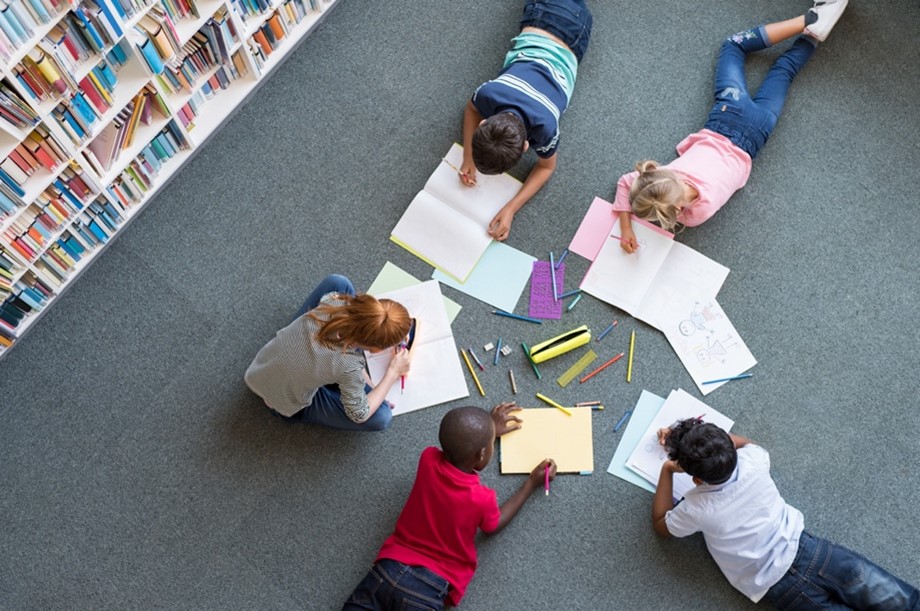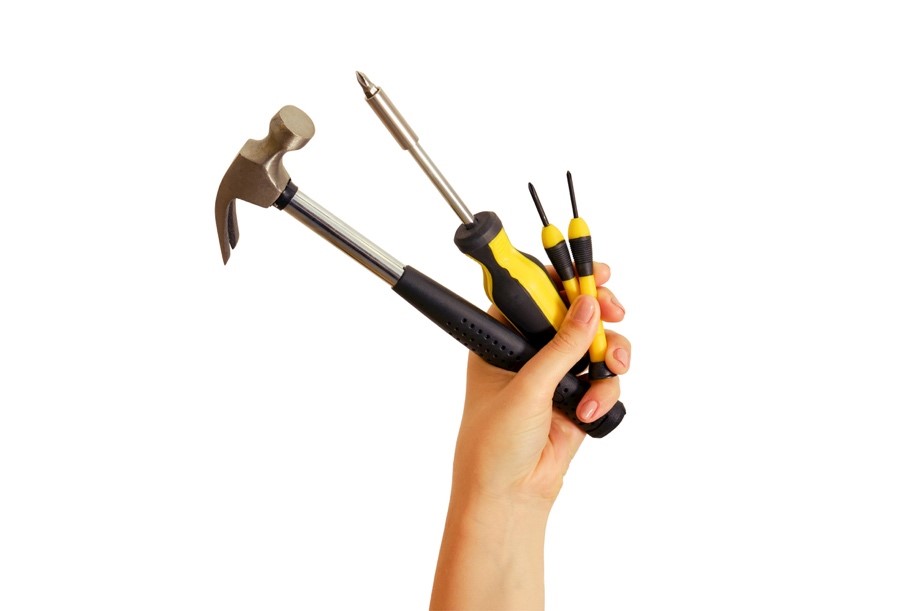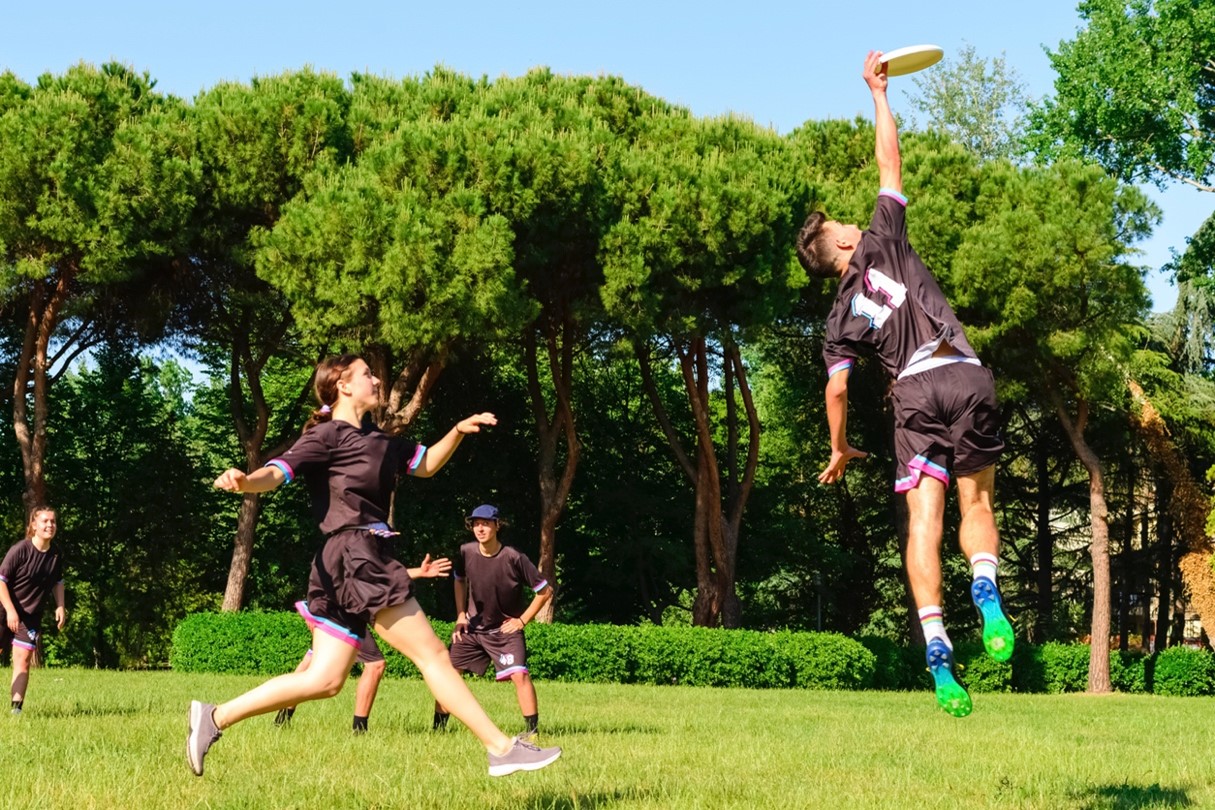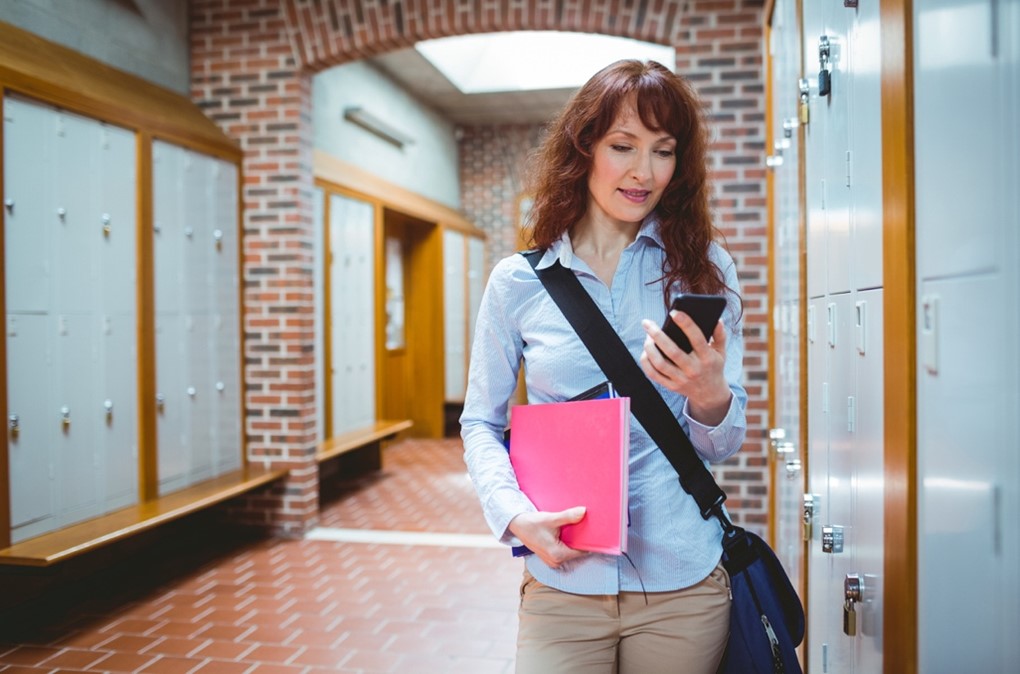Recent studies have shed light on the profound impact that classroom environments can have on students’ Social Emotional Learning (SEL).
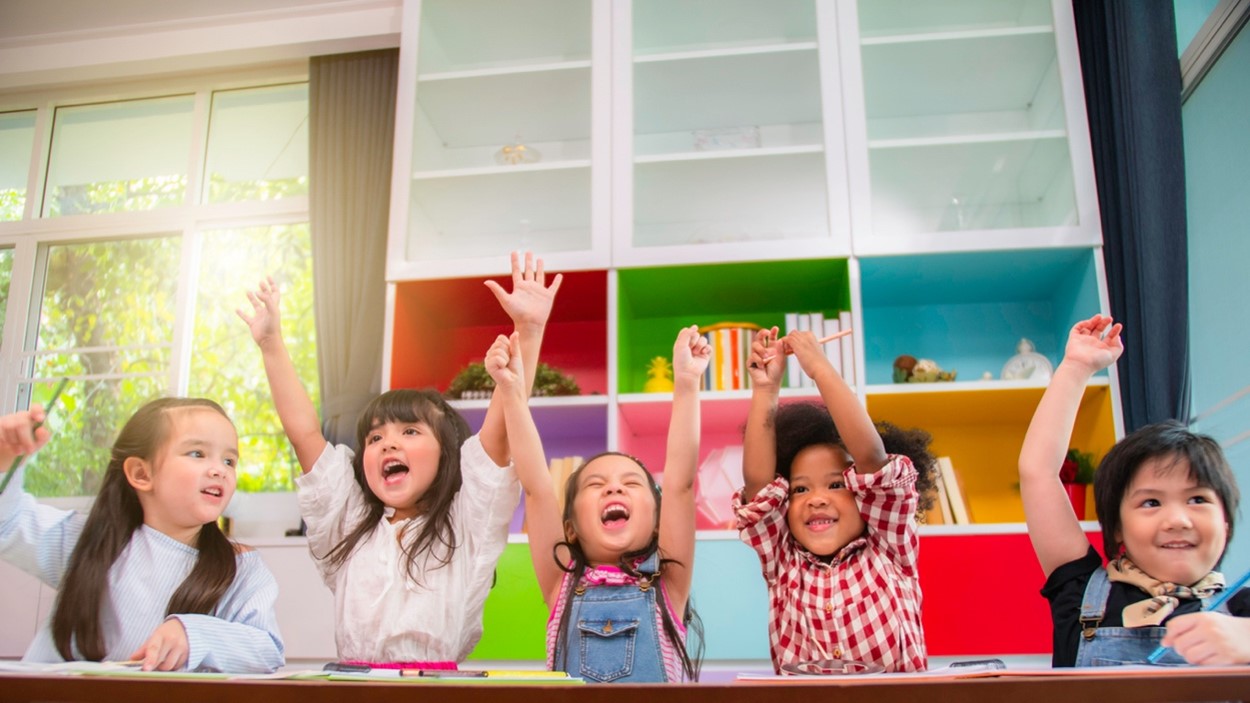
SEL encompasses vital life skills such as self-awareness, emotion management, social awareness, goal setting, empathy, building positive relationships, and responsible decision-making. As we learned when students returned to school after the COVID-19 pandemic, disregarding SEL has adverse effects on academic performance. Josh Godinez, a counselor at Centennial High School in Corona, Ca. summed it up:
“We know we’ve got to take care of mental health before we can expect to see students academically achieve.”
In this comprehensive article, backed by scientific evidence and expert insights, we explore how the integration of SEL principles into classroom design plays a significant role in academic learning and students’ social-emotional well-being.
Unveiling the Power of Social-Emotional Learning
Why is Social-Emotional Learning indispensable in today’s educational landscape? Not only does SEL foster personal development and character building, but it also plays a critical role in academic success. Research from the Collaborative for Academic, Social, and Emotional Learning (CASEL) demonstrates that students participating in SEL programs exhibit improved academic performance, positive attitudes toward school, and decreased negative behaviors. These findings underscore the urgency of incorporating SEL at the heart of education—the classroom itself.
The Art and Science of Classroom Design
Think of the last time you walked into a room and immediately felt comfortable and at ease.
Why did you feel that way and what factors contributed to this experience?
Perhaps it was the way the room was arranged, the color palette, the light streaming in from a window, or even the temperature. Conversely, walking into a dark, cold, drabby, and uncomfortable environment can have the opposite effect and result in unease and irritability. Similarly, classroom design significantly impacts students’ learning experiences. It goes beyond tidiness and cleanliness; a well-designed and pleasant learning environment can inspire creativity, facilitate collaboration, and support SEL.
So, how can we seamlessly blend SEL principles with classroom design?
Weaving SEL into Classroom Design: Key Elements
To translate the integration of SEL into classroom design, let’s examine these essential elements:
Color and Light: Colors evoke emotions and set the mood of a space. Cool hues like blues and greens create a calming atmosphere, reducing stress levels and promoting emotional well-being. A study published in the Building and Environment journal reveals that classrooms with ample natural light witness improved student performance and overall well-being. Incorporating large windows or skylights allows classrooms to harness the power of natural light, nurturing both academic and emotional growth.
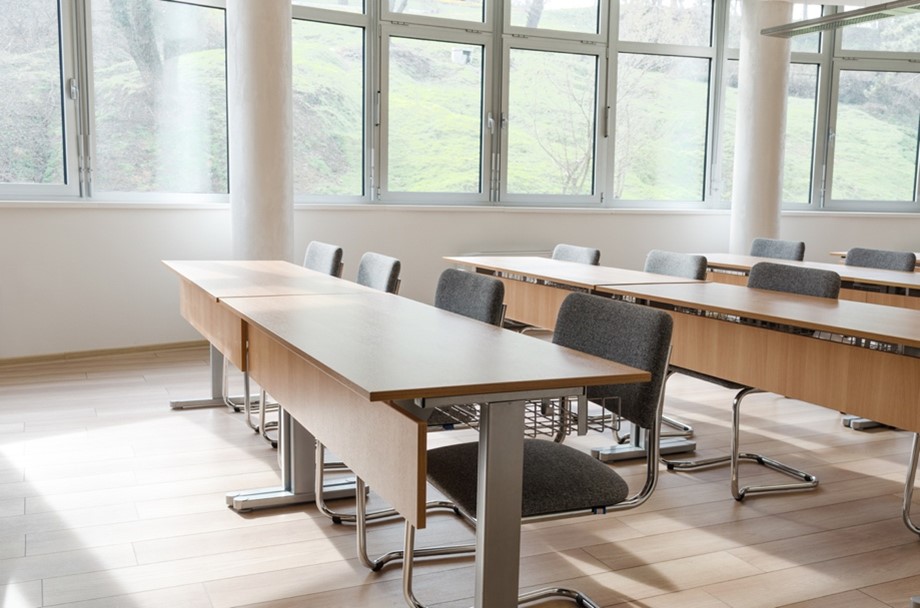
Flexible Seating: In many schools, traditional uniform rows of desks are giving way to dynamic seating arrangements. Flexible seating options, such as bean bags, rocking chairs, and standing desks, empower students to choose where they sit, fostering autonomy and decision-making skills (Royle, 2023). These adaptable spaces cater to diverse learning styles and tasks, provide comfort, and promote SEL.
Collaborative Spaces: Designing areas that support collaboration nurtures a culture of teamwork and shared learning. These spaces can range from small huddle areas for group discussions to larger spaces with movable furniture that promote project-based activities. By encouraging students to work together, these spaces foster positive relationships among peers, which is a cornerstone of SEL.
Quiet Zones: Quiet zones in classrooms offer opportunities for introspection, self-reflection, and independent work. Creating cozy corners with soft seating or designated areas with noise-canceling headphones provide students with the tranquility they need. These zones can also help students to understand and manage their emotions, further promoting SEL.
Incorporating Nature: Bringing nature into the classroom has a calming effect on students, supporting their emotional well-being. This can be done through potted plants, nature-inspired art, or even aquariums. Outdoor classrooms and learning spaces can offer a refreshing change of scenery and promote curiosity and engagement with the natural world.

The Role of Technology in SEL
The inclusion of a dedicated technology area in classroom design plays a crucial role in fostering a 21st-century learning environment and prepares students for future careers in a tech-driven world. This space could include computers, tablets, and interactive whiteboards that encourage digital literacy and provide a platform for various educational tools. Online collaborative platforms can foster teamwork and a sense of community, while mindfulness and emotional awareness apps can assist students in managing their emotions effectively. A dedicated area can enable collaborative learning, support personalized education, and promote problem-solving and critical thinking, all core elements of SEL.
Overcoming Challenges and Embracing Opportunities
While designing classrooms to support SEL is paramount, it is important to acknowledge potential challenges such as budget constraints, limited resources, and stakeholder resistance.
Overcoming the challenges in designing classrooms that support social-emotional learning (SEL) takes strategic thinking, collaboration, and resourcefulness. Creativity can go a long way in maximizing limited resources; simple adjustments to lighting, seating, and classroom decor can transform a space without excessive spending.
Budget constraints can be addressed by seeking community support, grant funding, or partnerships with local businesses that may be willing to donate materials or funds. Resistance from stakeholders, such as teachers or parents unsure of the benefits of SEL-supportive design, can be mitigated through education and open dialogue.
It is important to highlight the long-term benefits of SEL and demonstrate how such classroom environments not only contribute to students’ academic performance but also to their emotional well-being, interpersonal skills, and ability to cope with life’s challenges. Engaging all stakeholders in the planning and decision-making process can also boost buy-in and promote a shared vision of a supportive learning environment.
Cultivating Growth Through SEL-Driven Classroom Design
Designing classrooms to support social-emotional learning is not a luxury but a necessity. It demands creativity, strategic thinking, and a deep understanding of SEL principles. Just as the saying goes, “It takes a village to raise a child,” it takes an entire school environment, including the physical classroom, to nurture students’ social and emotional development. The future of education relies not only on the knowledge taught but also on the environment in which students learn. As educators and stakeholders, it is our responsibility to ensure that our classrooms become catalysts for holistic growth.
Click Here to Read More Articles Like This
This article was based, in part, on the following articles:
- CASEL (2013). Collaborative for Academic, Social, and Emotional Learning, https://casel.org/
- https://pubs.royle.com/publication/?m=31173&i=723005&view=articleBrowser&article_id=4124542&ver=html5
- https://smithsystem.com/smithfiles/how-classroom-design-can-promote-social-emotional-learning/


